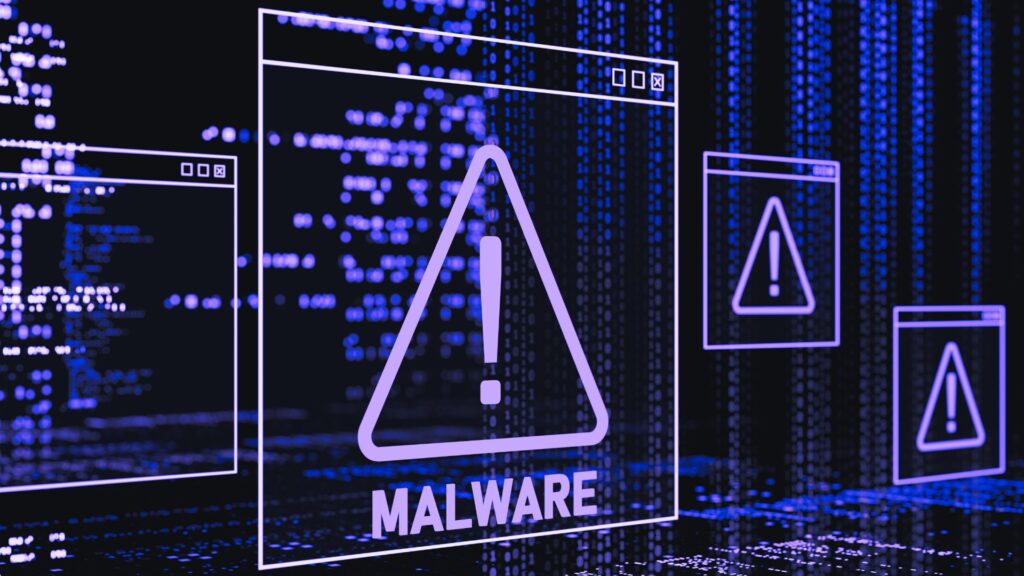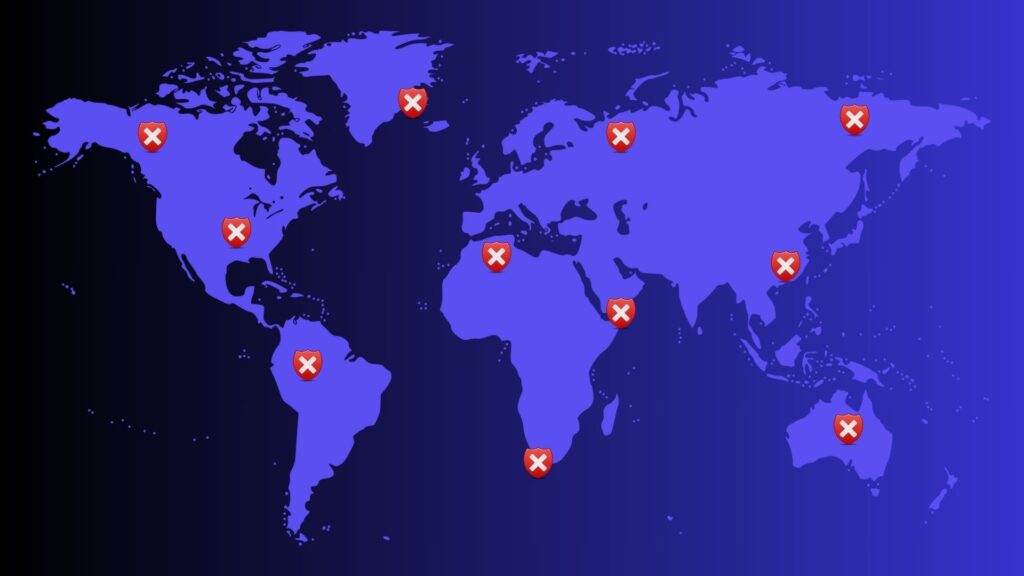We’ve probably all heard about malware before, but do we really know what it is? It’s something that can impact any of us at any time, and the consequences can be devastating. So, let’s take a moment to understand what malware is, the different types of malware, and how we can protect ourselves from it.
What is malware?
Malware is short for “malicious software”. It is a special software specifically designed for nefarious purposes such as gaining unauthorized access to your device, network, or accounts. Malware can get into your system in many ways: an email attachment, a link, an app downloaded on your device, to mention a few. And once it’s in, malware can wreak havoc.
Types of malware
There are many types of malware. Let’s look at a few of the most common types of malware to get a basic understanding of what each one does.
1. Adware
Often also referred to as spam, it is unwanted software that can also be malicious. The ads can lead you to download even more harmful malware through malicious redirects. Furthermore, the adware can capture your personal information without your consent, which can then be sold to advertisers.
2. Spyware
This form of malware will hide in your device and “spy” on you. This is achieved by monitoring your activity and stealing your information, such as account details and passwords. Spyware is also an umbrella term for other forms of spyware such as keyloggers, adware, rootkits, etc.
3. Viruses
A virus is like a human virus for computers. It infects one program which can then spread to other programs, files, or systems. Viruses can encrypt, corrupt or delete data which can lead to serious issues. A virus can attach itself to files and then just stay there until the file is opened or executed.
4. Worms
Worms are like viruses in that they can duplicate across an environment. The difference is that worms can do it without any human interaction. Worms also spread quickly which means that they can cause damage much faster and are therefore often used to execute payloads (code specifically designed to perform malicious activity).
5. Ransomware
This is the one you have probably heard about most often recently. Ransomware is a program that encrypts your data and demands payment. In other words, it locks all the files on your device, making it unusable, and then demands a payment, usually in Bitcoin, to unlock the files again.
6. Trojan
This malware can also be called a “Trojan Horse”. A trojan is malware that pretends to be legitimate software in the hope of tricking you into downloading and installing it on your device. After a trojan is installed, it acts as a backdoor into your device so that hackers may access your device and information at any time.
7. Bots
A bot is a computer that has been infected with a specific malware to allow it to be controlled by a hacker at any time. A botnet, which is a group of these computers or bots, can be used by a hacker to perform malicious activities at scale. This is very common with Distributed Denial of Service (DDoS) attacks.
8. Fileless malware
This malware does not require any installation as it uses existing objects and tools on the system to get the malware into memory. This malware is quite difficult to detect because there are no files associated with it.
9. Rootkits
Rootkits allow the hacker to have full admin privileges on your device without being detected. Furthermore, it allows the admin privileges to stay in place even after your device is rebooted.
10. Keyloggers
A keylogger is a program that is used to monitor your activity on your device, specifically the keystrokes on your keyboard. It can then be used to steal your passwords, and other sensitive information.
11. Mobile malware
Mobile malware is any malware that is created specifically for mobile devices and include all the previous types of malware, but for your phone. Jailbroken phones are easier targets because the operating system has been changed to remove certain security features.
5 Signs that your device could be infected with malware
How do you know if there may be malware on your device? Here are a few signs that will help you identify possible malware:
- The performance is sluggish. Malware can hog your device’s resources, making it perform significantly slower than normal.
- Unexpected pop-ups. If you’re getting a lot of random pop-ups or ads, it may be due to malware on your device.
- Higher than normal data usage. Malware may be sending data to the attacker using your internet connection which can result in higher data usage.
- Battery drain. Some types of malware may run in the background which will cause your device to lose power much faster than usual.
- Suspicious emails or messages. Some malware may try to send emails or messages from your account to people in your contacts. If your friends or other contacts tell you about weird messages that you sent, your account may be compromised due to malware.
How to protect yourself from malware
Now that we know what to look out for, let’s look at a few tips on what we can do to prevent malware installing on our devices:
- Update your software. Keep your software up to date as much as possible. Updates usually include security features or fixes to known vulnerabilities so keep your device safe by updating regularly. Go a step further and enable automatic updates on all your devices.
- Take a multi-layered approach to security. Try to include different security software solutions to help prevent malware on your device. It could be as easy as using an antivirus and a VPN solution on your device.
- Back up your data. Depending on the type of malware, you might not be able to remove the malware without wiping your entire device. This means that you could lose everything stored directly on your device. Back up your data regularly so that you can restore it to your device if ever needed.
- Don’t download and install unknown apps. Stick to the official app stores to download any of your apps and don’t install apps from unknown sources.
- Use strong, unique passwords. This is an easy one. Ensure that your passwords are complex and not easy to guess and use a different password for each of your accounts.
- Don’t click. If you are unsure about a link or attachment, don’t click. Instead, be cautious rather than accidently installing malware on your device.
The key takeaway is that you should be cautious when using your device. Follow these tips to help you prevent malware and share your knowledge with those around you. Be secure!



